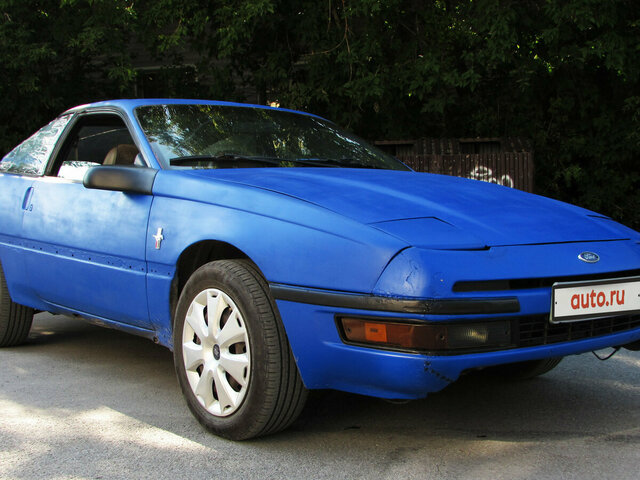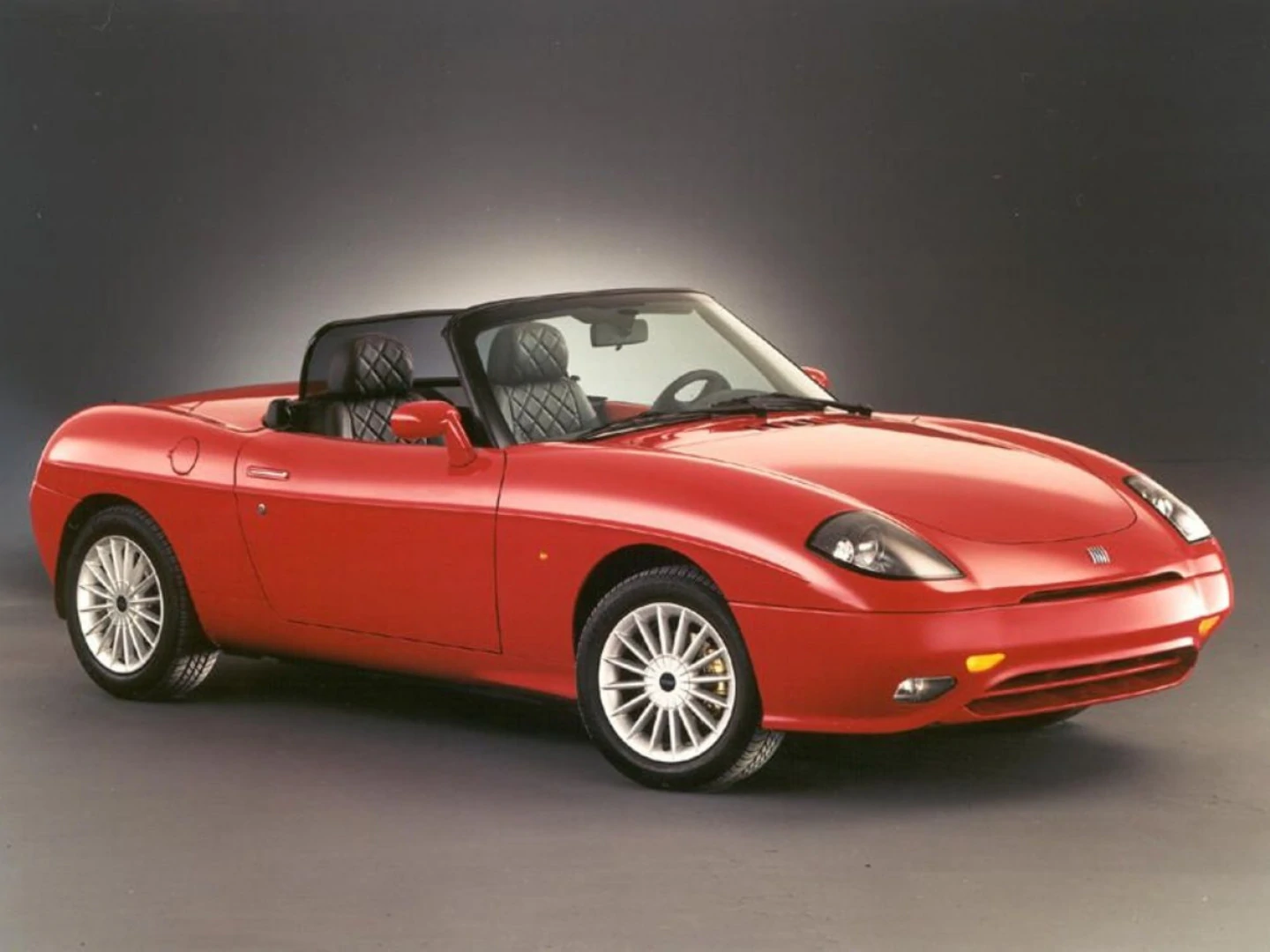
Ford Probe - American Japanese
Everyone is lazy - no matter what the statistics say, numerous studies, surveys and stakeholders - everyone is trying to achieve the intended goal with the least effort. And by no means should you be ashamed of it. It is the nature of living organisms that they try to maximize profits at minimum cost. The simplest of the simplest rules.
In the same way, unfortunately (or “fortunately”, it depends) there are powerful automobile concerns in the world. Everyone, without exception, tries to earn as much as possible while spending as little as possible. Mercedes, BMW, Volkswagen, Opel, Nissan, Renault Mazda or Ford - each of these companies is trying to get for themselves the biggest piece of the birthday cake, giving in return the smallest gift.
The last of these companies, Ford, took a long time to design a moderately low-priced sports car that could attract tens, if not hundreds of thousands of potential customers. In addition, the US sports car market, which was largely dominated by Japanese models, demanded something "born in the USA". This is how the idea of the Ford Probe was born, which is considered by many to be one of the best sports cars of the American concern (?).
However, to achieve its goal and overthrow the Japanese designs, Ford used the achievements of engineers ... from Japan! The technology borrowed from Mazda ended up under the body of the American Probe and set off to conquer the world, including Europe. However, the large-scale expansion did not last long - the first generation Ford Probe debuted in 1988 based on the Mazda 626 platform, unfortunately, did not meet the expectations of buyers. Far from satisfying interest in the model has sparked discussions about a successor outside the walls of Ford headquarters. Shortly thereafter, in 1992, the second generation Ford Probe appeared - more mature, sporty, refined and breathtakingly stylish.
It wasn't your typical American sports car - chromed, garish, even vulgar. On the contrary, the image of the Ford Probe rather referred to the best Japanese models. For some, this can mean unbearable boredom, while others consider Probe's style to be "slightly sporty and anonymous". However you look at this aspect of the car, even today, almost 20 years after its debut, many people still love it. Slim A-pillars (excellent visibility), long doors, a powerful tailgate, retractable headlights and a sporty, very dynamic front end are basically all aspects of a sports car that, in their opinion, define its immortality.
Another thing is the spaciousness offered by the Ford car. We add, spaciousness is unmatched in this class of car. The long body length of more than 4.5 meters offered impressive space for passengers in the front seats. Even drivers the size of NBA stars have managed to find a comfortable position behind the wheel of the sporty Probe. More surprisingly, the trunk offered as much as 360 liters of capacity as standard, allowing two people to think about long-distance vacation trips without fear.
Gasoline engines borrowed from Mazda could run under the hood. The smallest of them, a two-liter, known from the model 626, produced 115 hp. and allowed the Probe to accelerate to 100 km / h in just over 10 s. km / h. Sports Ford accelerated from zero to 163 km / h in 1300 seconds, while the two-liter engine impressed with fuel consumption - an average of 220-100 liters for a sports car turned out to be an unexpectedly good result.
The suspension settings are matched to the vehicle's capabilities - in the case of the 6-litre model, it's moderately stiff, providing plenty of stability in fast corners while still providing the right dose of comfort. The VXNUMX GT version has a much stiffer suspension, which is not necessarily an advantage in Polish road conditions. Many consider the car almost perfect.
So is the Probe an innate ideal? Unfortunately, the biggest drawback of the model (and many like it) is ... front-wheel drive. The best sports cars are those equipped with classic drive systems. High power combined with rear-wheel drive can be a source of pleasure for car enthusiasts. Meanwhile, the possibilities of a powerful power unit (2.5 v6) and a well-tuned chassis are extinguished by the power transmitted to the wheels of the front axle.
Beyond that, however, the Probe has surprisingly few operational issues. By all appearances, the American-Japanese have coped admirably with the passage of time.
